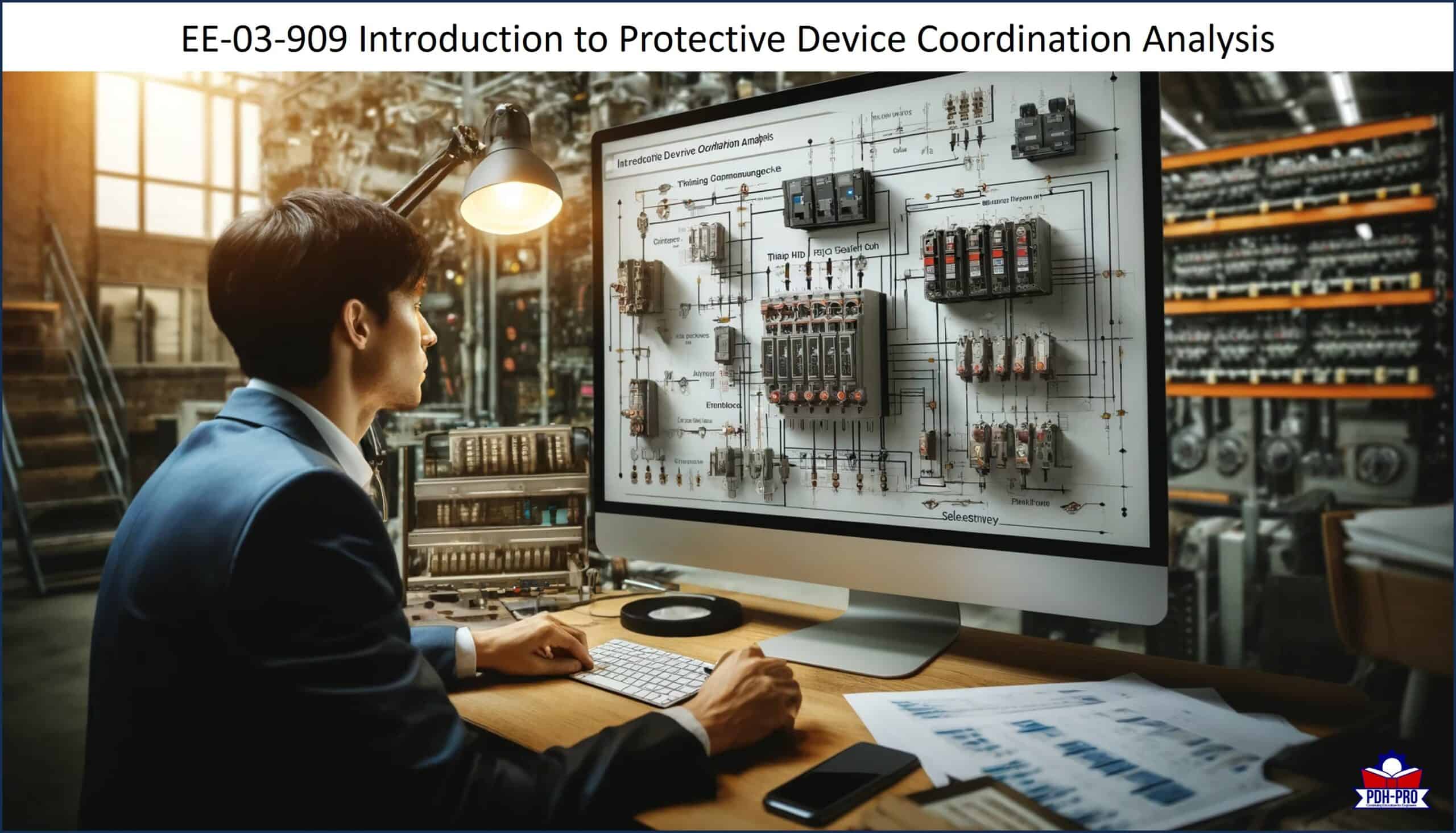
Introduction to Protective Device Coordination Analysis
Author: Velimir Lackovic
The objective of a protection scheme in a power system is to minimize hazards to personnel and equipment while allowing the least disruption of power service. Coordination studies are required to select or verify the clearing characteristics of devices such as fuses, circuit breakers, and relays used in the protection scheme. These studies are also needed to determine the protective device settings that will provide selective fault isolation. In a properly coordinated system, a fault results in interruption of only the minimum amount of equipment necessary to isolate the faulted portion of the system. The power supply to loads in the remainder of the system is maintained. The goal is to achieve an optimum balance between equipment protection and selective fault isolation that is consistent with the operating requirements of the overall power system.
Short-circuit calculations are a prerequisite for a coordination study. Short-circuit results establish minimum and maximum current levels at which coordination must be achieved and which aid in setting or selecting the devices for adequate protection. Traditionally, the coordination study has been performed graphically by manually plotting time-current operating characteristics of fuses, circuit breaker trip devices, and relays, along with conductor and transformer damage curves—all in series from the fault location to the source.
This introductory course explains the analysis of protective device coordination for any commercial power system software package. It presents a modelling technique for a generic power system, outlines the modelling of protective relays in detail, and determines the relay settings based on short circuit current calculations.
Once you complete your course review, you need to take a multiple-choice quiz consisting of thirty (30) questions to earn 3 PDH credits
Learning Objectives
This course is intended to provide you with the following specific knowledge and skills:
- Basics of coordination
- Computer programs for coordination
- Common structure for computer programs
- How to make use of coordination software
- Verifying the results
- Equipment needs
- Practical example
Download the Course to review and begin earning your PDH credits.
We provide technical courses for PDH credits that meet Board requirements for Professional Engineers, Geologists and Land Surveyors. This courses is guaranteed to be accepted in AK, AL, AR, FL, GA, IA, IL, ID, IN, KS, KY, MD, ME, MI, MN, MO, MS, MT, NC, ND, NE, NH, NJ, NM, NV, NY, OH, OK, OR, PA, SC, SD, TN, TX, UT, VA, VT, WI, WV, and WY. Before purchasing this course, please confirm that your state Board is listed above.
